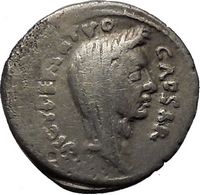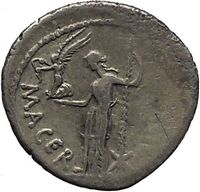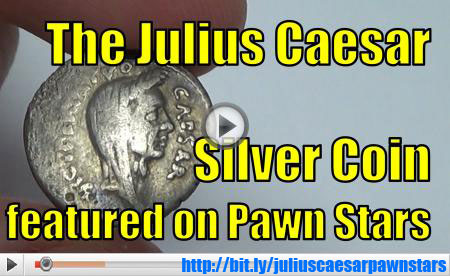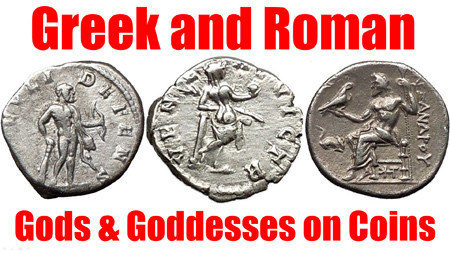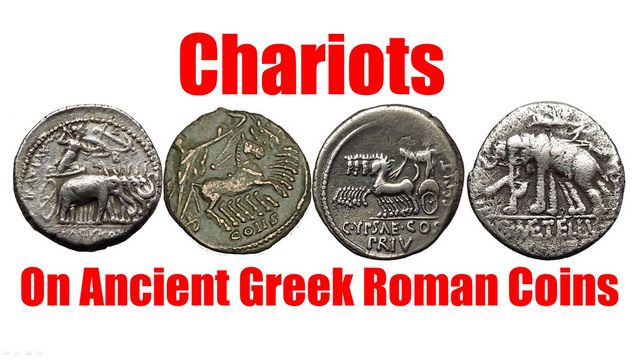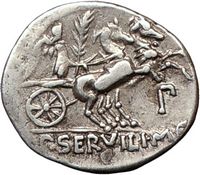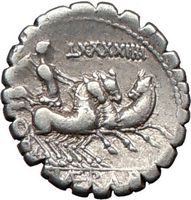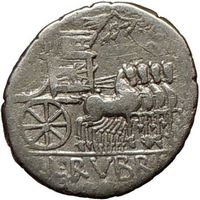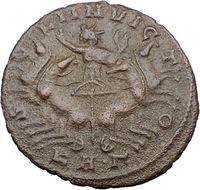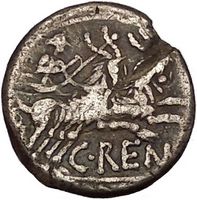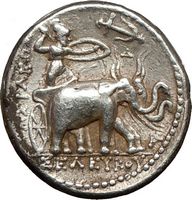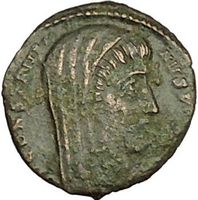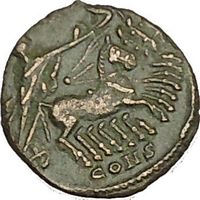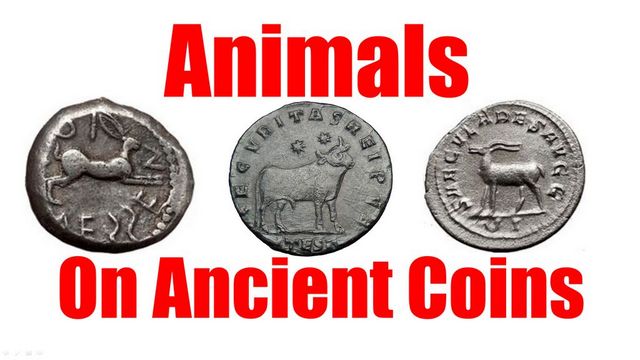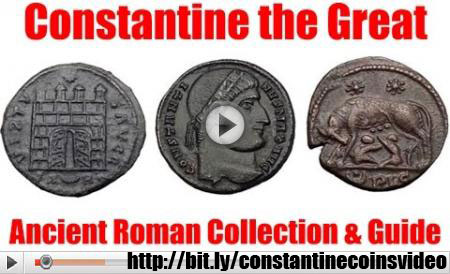Having collectibles as an investment can be a great way to diversify your investment portfolio and minimize risk. The general rule of thumb is to invest in what you love when it comes to collectibles so that if your collection doesn’t realize a return, you still get to enjoy your collection.With uncertainty ever present in the public and private markets coupled with recession and other economic ups and downs, tangible assets, also known as hard assets, present a variety of options for investors who want to put money toward areas of their personal interest. These may include income producing assets such as timberland, farmland, and commodities of all kind. For more general information on investing in tangible assets,
. Collectibles are fast becoming a popular investment vehicle for those who have lost trust in the public stock markets or are tired of fluctuations.
allow an investment to appreciate in value over time, which appeals to investors; however, personal interest in a tangible asset remains the number one reason people choose to invest in collecting them. Rare coins are considered to be a commodity-like investment where sentimental value may exist, but coins are one tangible that can also produce attractive financial returns. Note that there is a distinction between coins as bullion and coins as numismatics. Bullion has a higher ‘melt value’ – the value the metal would be worth if melted down. Numismatic coins, because they are often much older and made of various metals and components, have a lower melt value and are worth less when melted then they are in coin form. The general rule of thumb is to buy bullion for business, numismatics for fun.
This is the second in an AIMkts® series providing an introduction into various subclasses of antiques and collectibles. This installment: rare coins.
Why rare coins? 
People collect rare coins for the same reason people collect art, says Ilya Zlobin, ancient numismatic coin expert, dealer and enthusiast of
TrustedCoins.com. “Rare coins, especially of the ancient Greeks and Romans capture the feel and the art of the time period [like] statues and architecture that have long been lost to history…” Also, says Zlobin, there is a very high upside resale potential should investors make the right buy for the right price. “…Stories of exponential growth understandable stoke investor interest in the world of collectibles,” according to a 2012
Barclay’s report. However, “Relatively few wealth individuals own treasure solely for its financial characteristics. Investors that do seek financial
returns on insurance from their treasure typically favor commodity-like items, such as precious metals,
coins and jewelry.” Once nicknamed “
the hobby of kings“, collecting coins has become an everyman’s game thanks to a rise in
numismatic scholarship, education, access to information and a growing sophistication of the general public over the last 500 years and is popularly referred to as “the king of hobbies”. For the average person, owning coins make
possessing a piece of history remarkably accessible, and for those with an interest in antiquities, coins are more accessible, in general, than larger, tangible asset investments. For beginners, collecting rare coins may seem daunting. Experts and
experienced collectors offer this advice:
- Specialize – Choose a particular emperor, denomination, theme or time period and use it to guide how you invest. Stay focused on a particular concentration and build within that. Financier Louis E. Eliasberg did just that and his collection got him listed among the world’s most famed collectors.
- Scrutinize – Don’t just pick randomly from your choices. Know what you’re looking for and examine coins carefully to make sure they fit with the direction you’re taking your collection.
- Study – Collectors shouldn’t just take the opinions or advice of sellers. Collectors should become experts themselves, studying up on values, denominations, rarity and other aspects of the area in which they intent to collection so as to make an informed decision when investing. Read trade magazines, talk to other collectors and learn what questions to ask. Never buy what you don’t understand. Study up on some coin collecting lingo here.
- Start Small – Buying small will allow investors to start collecting without betting the farm. Buying large quantities of coins or buying high priced coins should only come with experience. While buying rare coins or coins minted with historically importance is ideal, amateur or inexperience collectors should never spend large amounts of money on coins they don’t understand. Collector and numismatics mentor Susan Headley notes, “If you can’t afford to shell out $2,000 [per] coin to buy…high grades, then buy common coins in the finest grades you can.”
Grading Adding to that advice, we caution all coin investors to know their dealer. Investing in rare coins is as much as investment as putting money toward any asset class – trust is key. As a purveyor of rare coins, Zlobin notes that the grading scale is subjective one, with Good (G) being the lowest, to Very Good (VG), then Fine (F) followed by Very Fine (VF), followed by Extra Fine (EF) and finally, a perfect mint-state called Fleur-De-Coin (FDC). The overall appearance of a coin and its appeal to buyers and sellers alike are all highly subjective matters and grading standards may vary. Well-known houses like
Heritage Auctions provide some guidance and the
Professional Coin Grading Service, among others, can give a point of reference as well, but keep in mind that very fine distinctions between coins will make a big difference in its worth, even thousands of dollars’ worth of difference for the smallest distinction. Subjectivity is considered to be one of the risks in rare coin investing. “With many dealers and collectors, the coin’s state of preservation and aesthetic beauty are of paramount importance. In other words a beautiful coin is more desirable, and also much rarer in that state of preservation,” says Zlobin. “There are other things that are important for ancient numismatic coins, too, such as centering, the artistic beauty of the strike and its sharpness. Ancient coins were struck by hand, so a coin in fantastic preservation that is nicely centered and of an interesting historical character, period or city would have higher value.”
Speaking of risk… “Caveat emptor” says Zlobin. “Deal with people that provide a guarantee and a good track record with their coins [and] with people you know and trust. Always ask for the best possible price.” Just like any investment has inherent risk, coin collecting is no different. Are the risks any greater or less than investing anywhere else? Not if you invest in what you love, say collectors. “There are many reputable dealers out there,” says Zlobin “It is a very big advantage to deal with them, as many have knowledge and experience, and know that it’s just good business to sell only authentic coins.” However, the Federal Trade Commission has issued warnings to help protect consumers from fraud. Read the warning
here. False claims about grading, current value and buy back options are the most common ways investors lose money when collecting coins. “Examine coins in person. It’s difficult, if not impossible, to make a practical decision about buying a particular coin based on a photo or a conversation with the seller,” advises the FTC. “Check out any coin dealers in a search engine online. Read about other people’s experiences. Try to communicate offline if possible to clarify any details. In addition, contact your state Attorney General and local consumer protection agency.” And always get a second opinion. Zlobin’s risk advice to investors is:
- Always try to get the best possible price – Investing in rare coins doesn’t have to break your bank. Some dealers can give you breaks as the margins are often-times sufficient for everyone to be happy.
- Be detached about the outcome of the deal – Do your best to secure a great deal, but be an investor that can also think as a collector. This way you win either way.
- Keep records of how much you paid for a coin, and all receipts – This will give you a record of the coin’s grade, and purchase information. Also, if you want to sell these investments and realize a profit, you’ll need to be organized.
- Work with dealers willing to prove themselves – Some dealers provide a lifetime guarantee of authenticity, and some will issue certificates of authenticity.
Return on Investment In general, investors can expect rare coins to have an
investment horizon similar to most other investments – one that will last for a few months to many years. “I have seen ancient coins sold at one major auction house, to be sold just several months later and for more money at another auction house,” says Zlobin. “Yes, it is possible to make money rather quickly with intimate knowledge of the market [but] the money in ancient numismatic coins is made during the purchase of the item. A good rule of thumb is to always do your research and know that you can at least get what you paid for the coin back… With uncertainties about the valuations of all the global currencies, it is a good idea to hedge your net worth with this being a great avenue for storing wealth. Numismatic coins especially may carry a higher resale value than gold or silver bullion, as they are not as prone to those specific market fluctuations.” There are professional numismatic reference sites, where investors can trace the price trends of many different coin types going back many years and get an idea of how certain coins will fare on the resale market. Although any investment carries risk, and although almost all dealers of any investment will tell you that “past performance is not an indicator of future results”, investors can make informed decisions about their coins by taking a look at how the pros have traced them through the years.
Is collecting rare coins for you? So, who are the buyers of rare coins? For the most part, they are anyone who is interested in owning a tangible piece of history. “For ancient numismatic coins specifically, the historical value is very important,” Zlobin says. “For example, a Julius Caesar coin sells in any market in practically any condition. Another well-known name would be Alexander the Great.” Coin collecting, known as “the king of hobbies” is an investment almost anyone can make. For serious investors, coins are a tangible asset that will provide diversity in an investment portfolio and help hedge against inflation as the value of rare coins is generally stable. “A lot of people don’t know this, but ancient coins are actually quite abundant,”according to Zlobin. Some celebrities and many other famous individuals are known to be
avid coin collectors such as J.P. Morgan, the Hunt brothers hockey great Wayne Gretzky, Buddy Ebsen (aka “Jed Clampett”), and Nicole Kidman. “Coins, especially numismatic coins, are a beautiful asset to have,” says Zlobin. “Think about how tough it would be to fit a huge painting or a statue or another heavy work of art in your pocket, but an ancient coin can be placed in your pocket, yet be worth quite a lot of money. So you can say the reason why coins are so popular is that they are the original form of money and will always have some sort of value, whether intrinsic or numismatic, or both.”
By Alicia Purdy, Contributing Editor, Accredited Investor Markets
Reprinted with permission from Accredited Investor Markets (www.aimkts.com)

![]() Download this article by right-clicking here and selecting save as
Download this article by right-clicking here and selecting save as